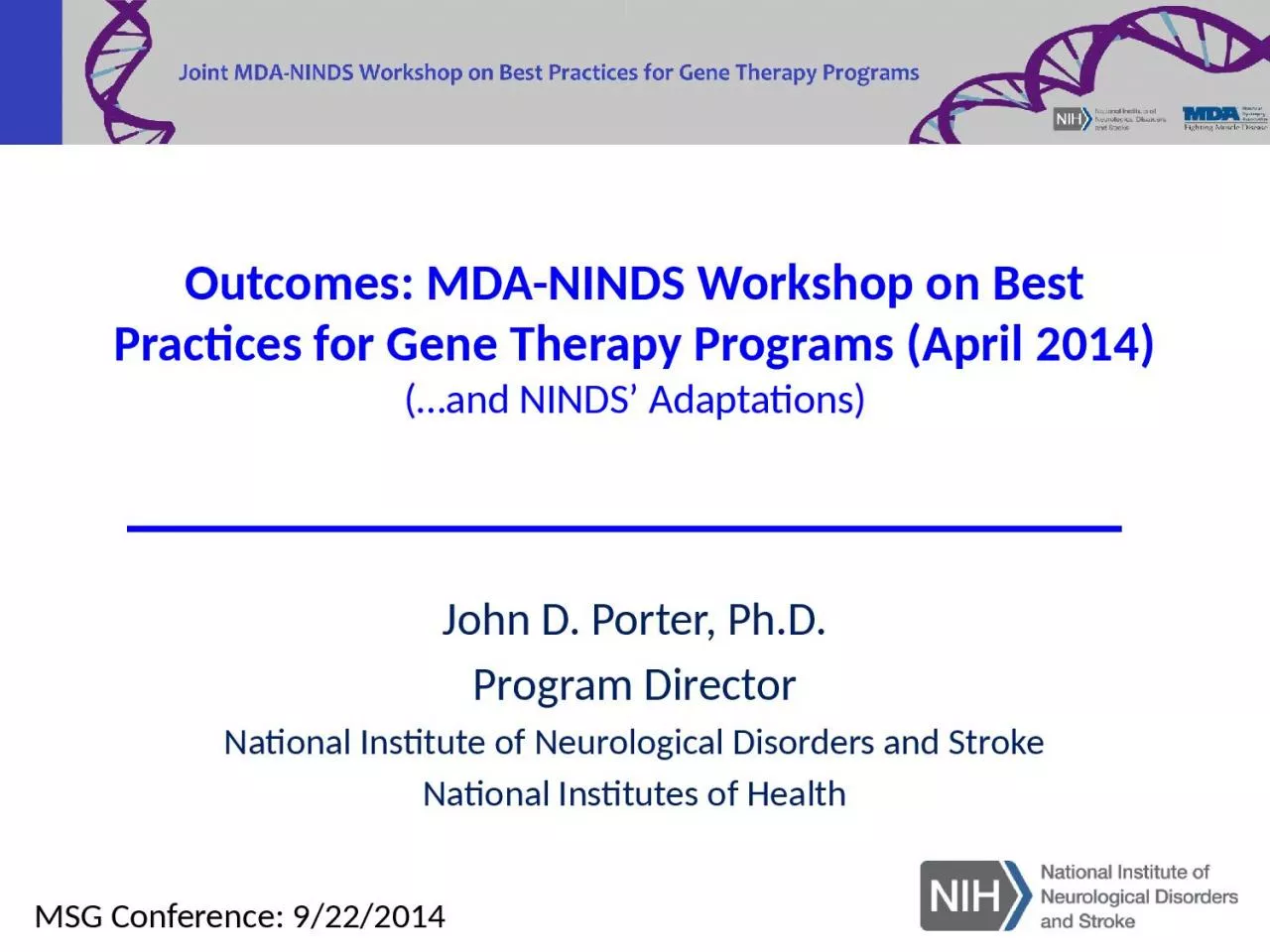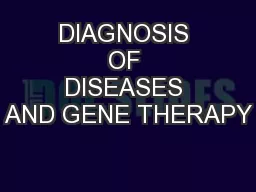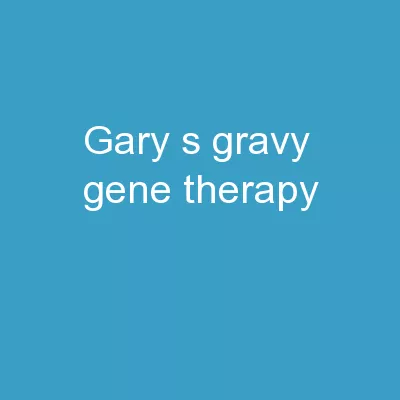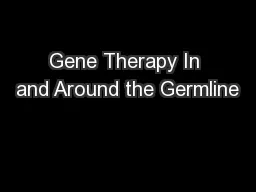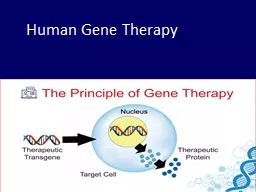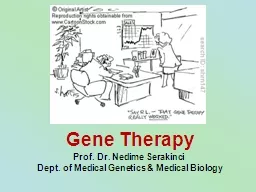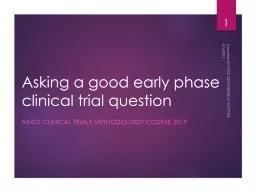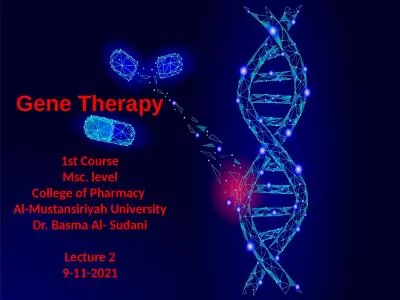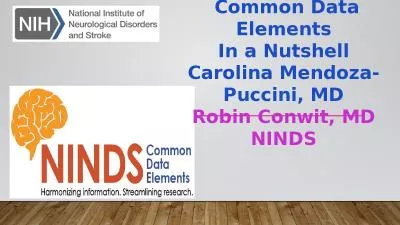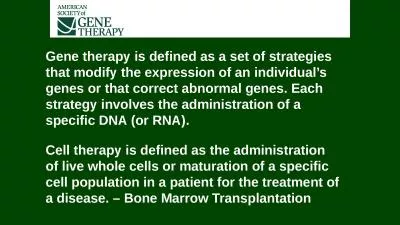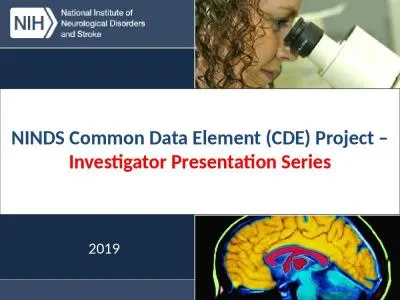PPT-Outcomes: MDA-NINDS Workshop on Best Practices for Gene Therapy Programs (April 2014)
Author : dora | Published Date : 2024-01-29
and NINDS Adaptations John D Porter PhD Program Director National Institute of Neurological Disorders and Stroke National Institutes of Health MSG Conference 9222014
Presentation Embed Code
Download Presentation
Download Presentation The PPT/PDF document "Outcomes: MDA-NINDS Workshop on Best Pra..." is the property of its rightful owner. Permission is granted to download and print the materials on this website for personal, non-commercial use only, and to display it on your personal computer provided you do not modify the materials and that you retain all copyright notices contained in the materials. By downloading content from our website, you accept the terms of this agreement.
Outcomes: MDA-NINDS Workshop on Best Practices for Gene Therapy Programs (April 2014): Transcript
Download Rules Of Document
"Outcomes: MDA-NINDS Workshop on Best Practices for Gene Therapy Programs (April 2014)"The content belongs to its owner. You may download and print it for personal use, without modification, and keep all copyright notices. By downloading, you agree to these terms.
Related Documents

